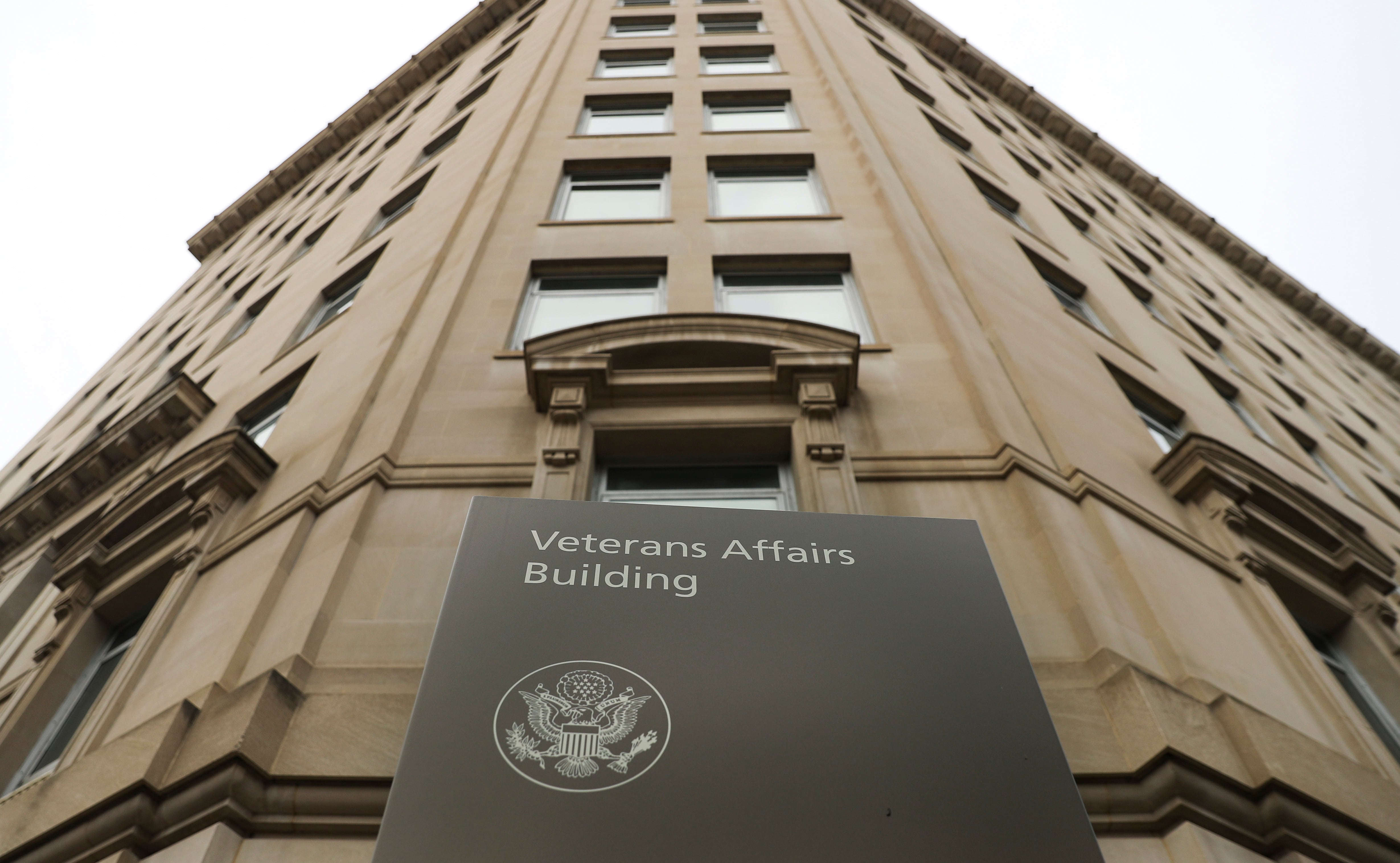The launch of the first satellite from Hawaii went awry Tuesday when the experimental Super Strypi launch vehicle failed midflight, according to the Space and Missile Systems Center at Los Angeles Air Force Base.
It is too early in the investigation to determine what might have caused the Super Strypi to fail, said James Spellman, a spokesman for the Space and Missile Systems Center.
Tuesday's ORS-4 mission was meant to establish a baseline performance for the Super Strypi, Spellman said in an email to Air Force Times. The launch vehicle was intended to put 13 satellites into orbit: the University of Hawaii's HiakaSat and 12 Cubesats, he said.
"The Super Strypi launch sought to explore several new approaches to space launch design, including the use of a rail launch approach that simplifies the infrastructure required to integrate satellites into the launch vehicle, the use of spin stabilization and cold gas systems to reduce non-propulsive motor mass by eliminating the need for thrust vector control, and a simplified avionics system to reduce the cost of the launch vehicle," Spellman said in an email Wednesday to Air Force Times.
Because it does not need a "complex and costly guidance system," the Super Strypi is meant to cut the preparation time for launches from months to weeks, according to the website for to Aerojet Rocketdyne, which makes the launch vehicle.
A spokesman for Aerojet Rocketdyne was not immediately available for comment Wednesday.
"Super Strypi had the following experimental objectives: 1.) Develop responsive, low cost launch system designed for a reference orbit of delivering a 300kg payload to an orbit altitude of 475 kilometers at 45 degrees inclination for a cost of $15 million in production; 2.) Transition the launch capability to a commercial launch service, and; 3.) Design a launch system that can exploit 21st century launch range capabilities to include reducing infrastructure, leveraging autonomous flight safety systems and space-based telemetry relay, and automated flight planning," Spellman said in the email.
The overall goals of Tuesday's ORS-4 mission also included launch vehicle, motors, rail launcher, processing; installing the rail launcher and launch pad; and providing an Autonomous Flight Safety System certification flight, he said.
Prior to Tuesday's incident, the Air Force had no plans to use the Super Strypi system for other launches from Kauai, Hawaii, Spellman said.
He said the overall goals of Tuesday's ORS-4 mission also included launch vehicle, motors, rail launcher, processing; installing the rail launcher and launch pad; and providing a Autonomous Flight Safety System certification flight.
"Follow-on efforts and launches are currently undefined and unfunded," Spellman said. "We cannot speak for other organizations who may wish to use the U.S. Navy's Pacific Missile Range Facility."





